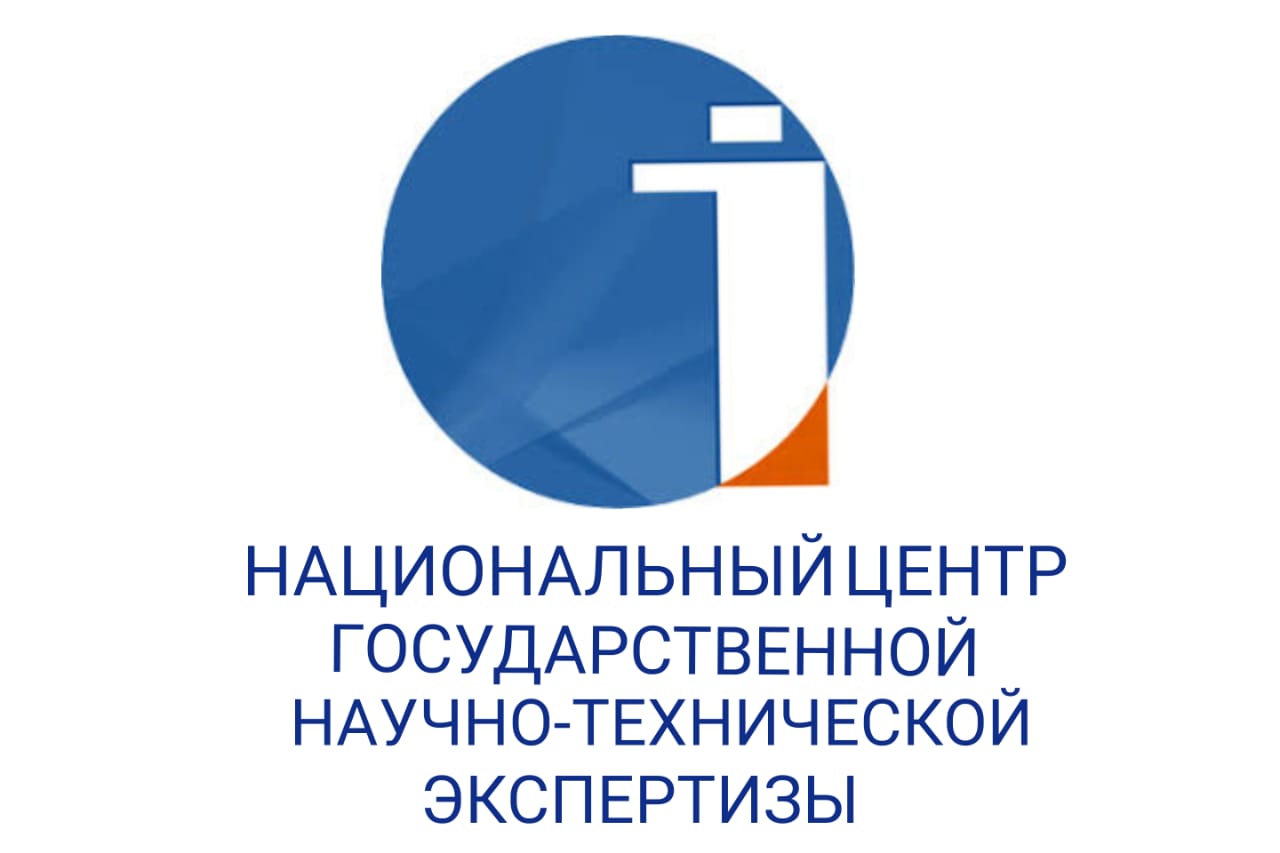THE MONGOLIAN LANGUAGE LAYER IN WORK «SHEZHIRE-I TERAKIME»
DOI:
https://doi.org/10.48371/PHILS.2023.71.4.009Keywords:
Turkic-Mongolian languages, historical lexicology, lexical layer, semantics, Mongolian words, Shezhire-i terakime, Altaic languages, theory of Altaic languages, comparative historical methodAbstract
We know that many scientific studies on the origin, stages of formation and development of words common to the Turkic-Mongolian languages are at a hypothetical level. Moreover, the centuries old historical and cultural, geographical connection has led to the emergence of common lexical units in the Turkic and Mongolian languages. This article examines the linguistic peculiarities of Mongolian words in the material of the historical work «Shezhire-i terakime», studies their use in the Turkic and Mongolian languages, and describes their semantic nature. The study also includes a comparative analysis of the relationship between the lexical layer of historical work in the Chagatai and Mongolian languages. The lexical-semantic analysis of the words considered as Mongolian words aimaq, kurultai, sheshen, nuker, olzha, mergen have been carried out.
The research article notes that the word aymaq in the Kazakh language comes from the Mongolian word aimag (administrative division), the word qurultai is formed from the verb - qur, that the chechen word comes from the Mongolian roots shesh, che, sas, tsas, tsatz, that the word nuker coincides with the Mongolian word nuker (comrade, friend), the word olzha in the Mongolian language olzha, olbor, olz it is scientifically studied that the word mergen in the Kazakh language comes from the Mongolian root mergen (sniper). The use of the analyzed words in aphorisms in the Turkic-Mongolian languages reflects the practical content of the article. The definition of the etymology of Mongolian words in the Turkic languages, the analysis of their semantic features are the main objectives of the research article. The analyses of phonetic changes, morphological structures, semantic features of Mongolian words, identified in the reviewed work, have been conducted.








